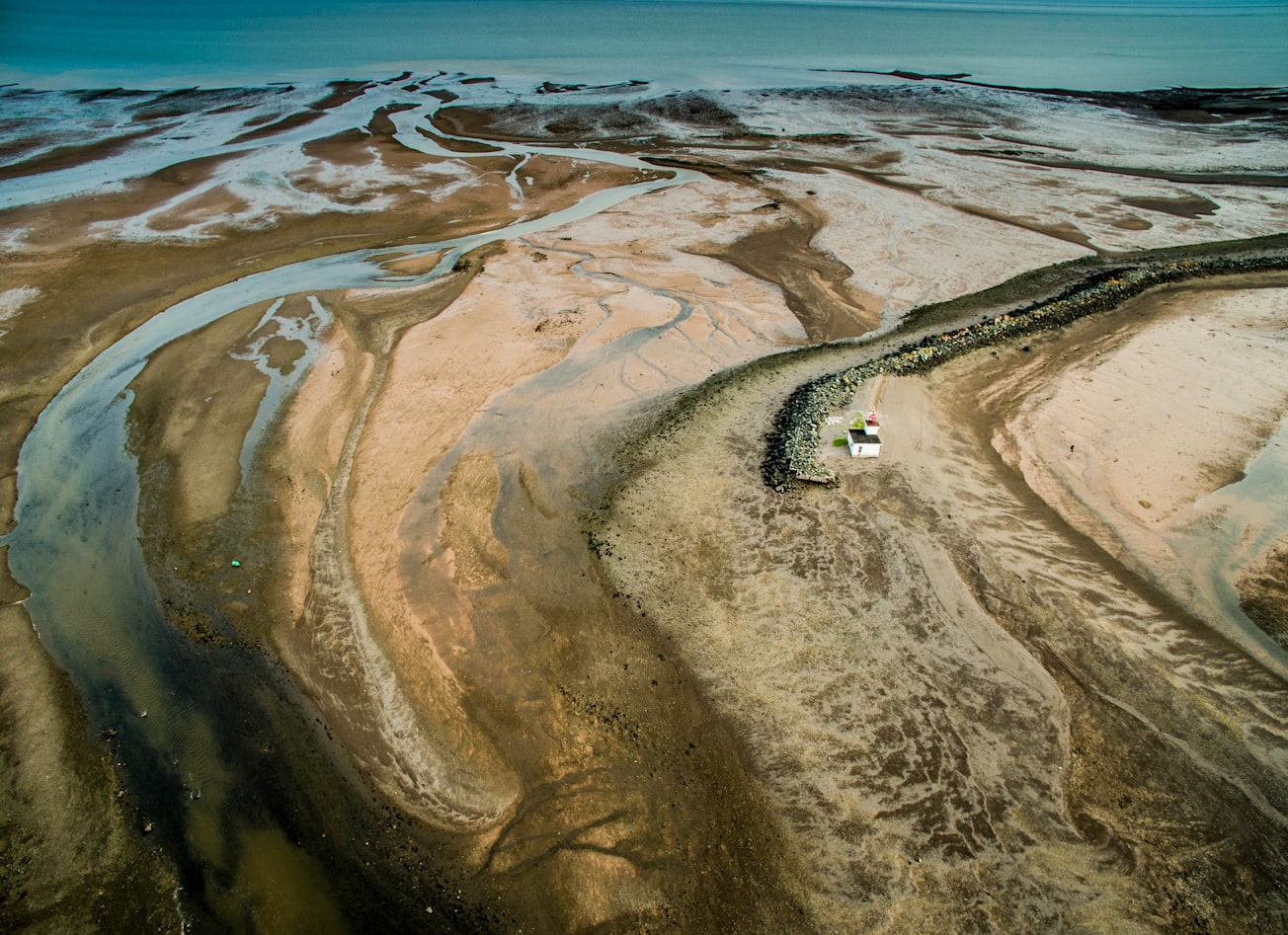What is it about?
During the Ed3 stage, the rift-thermal basin subsidence transition stage, the paleo-slope was divided into multi-level slopes by faults with slope angles from approximately 0.19° to2.02°. The paleogeographic conditions, low-discharge channel and low accommodation controlled the sedimentary characteristics. The distributions of the shallow-water delta system were controlled by multi-level flexure slopes. The delta plain was distributed on the first and the second level slope belts, and the delta front was distributed on the third level slope belt. Most sandstone was deposited in these channels along the second level slope belt. So there was not enough sandstone to be transported into the lake (shallow water) to form mouth bars in the delta front. Therefore, mouth bars of the shallow-water delta front were few, and the sandstone beds were thin. Additionally, there was no more sandstone to be supplied right along to deep lake, and the lacustrine basin was small, and there was no more accommodation and no more sandstone to develop subaqueous fan in the delta front.
Featured Image

Photo by Ron Whitaker on Unsplash
Why is it important?
The results of this study show that the shallow-water lacustrine delta has its own unique depositional characteristics of the third member of Oligocene Dongying Formation (Ed3) in the Baxian Sag, Bohai Bay Basin, Eastern China.
Perspectives
This shallow-water lacustrine delta has own special features.
chuanyan huang
China University of Geosciences, Wuhan 430074, China
Read the Original
This page is a summary of: Oligocene shallow-water lacustrine deltas of the Baxian sag of Bohai Bay Basin, eastern China: Depositional response during rift-to-thermal tectonic subsidence transition, AAPG Bulletin, November 2018, American Association of Petroleum Geologists (AAPG),
DOI: 10.1306/04251816530.
You can read the full text:
Contributors
The following have contributed to this page







